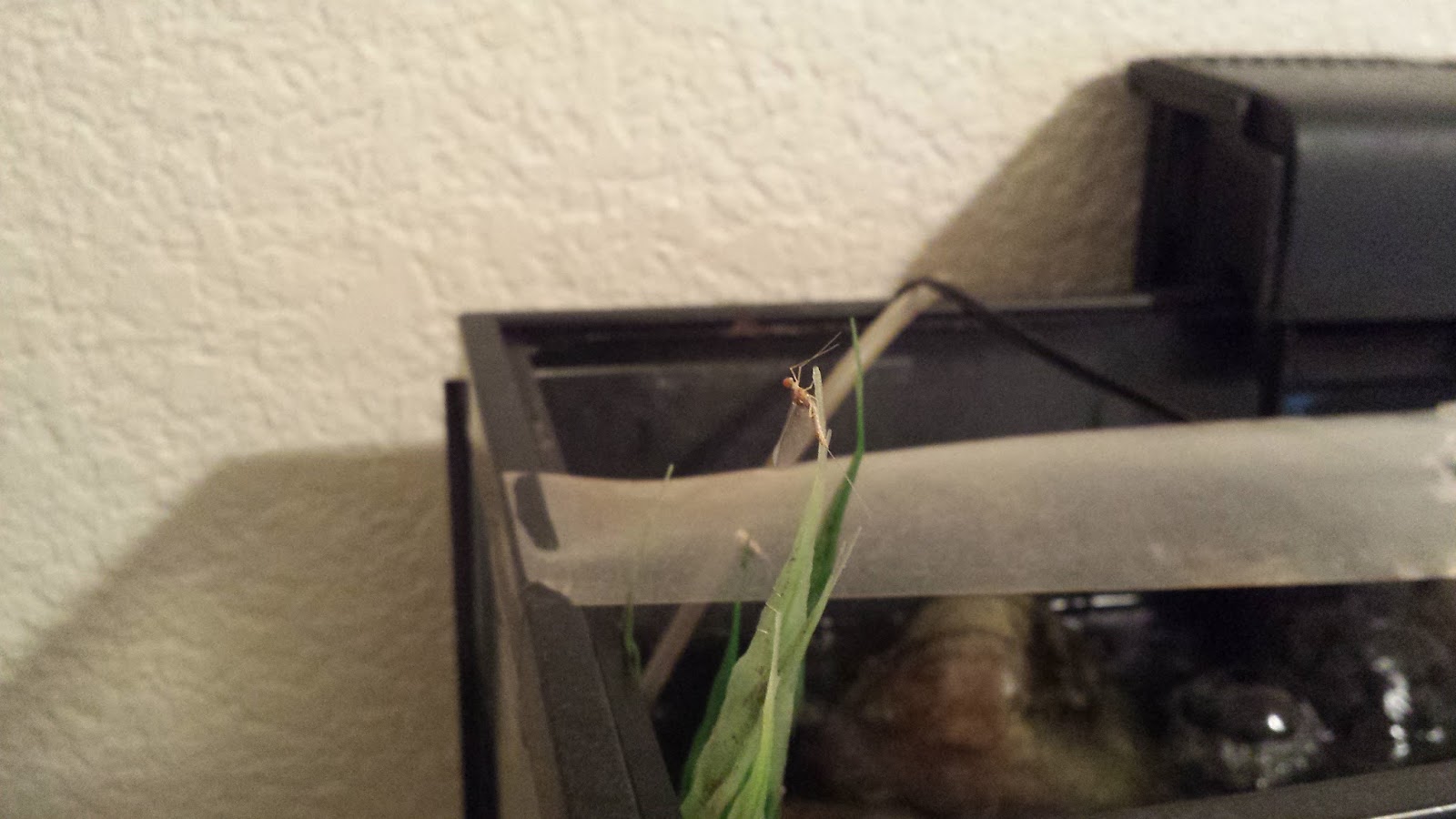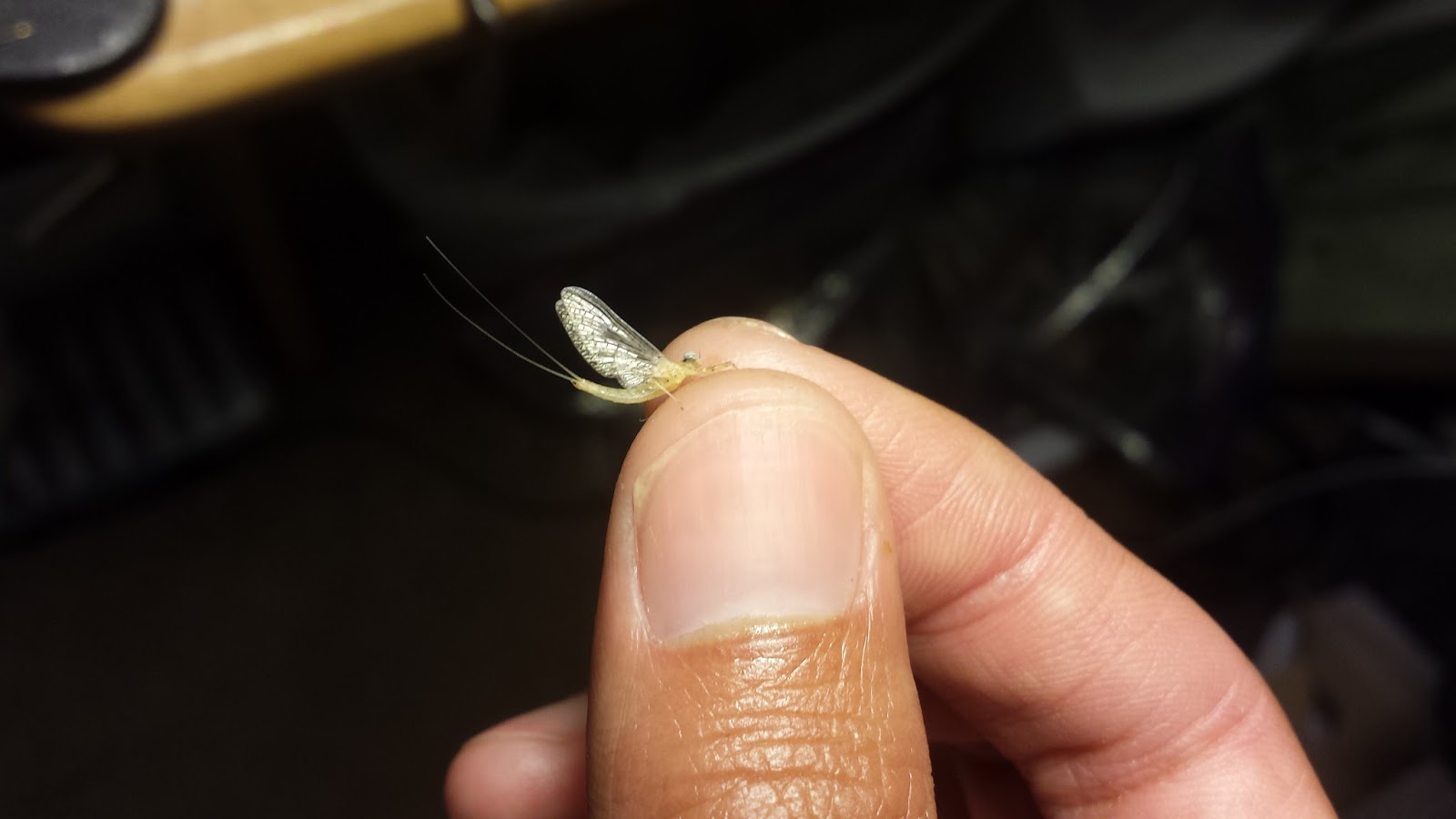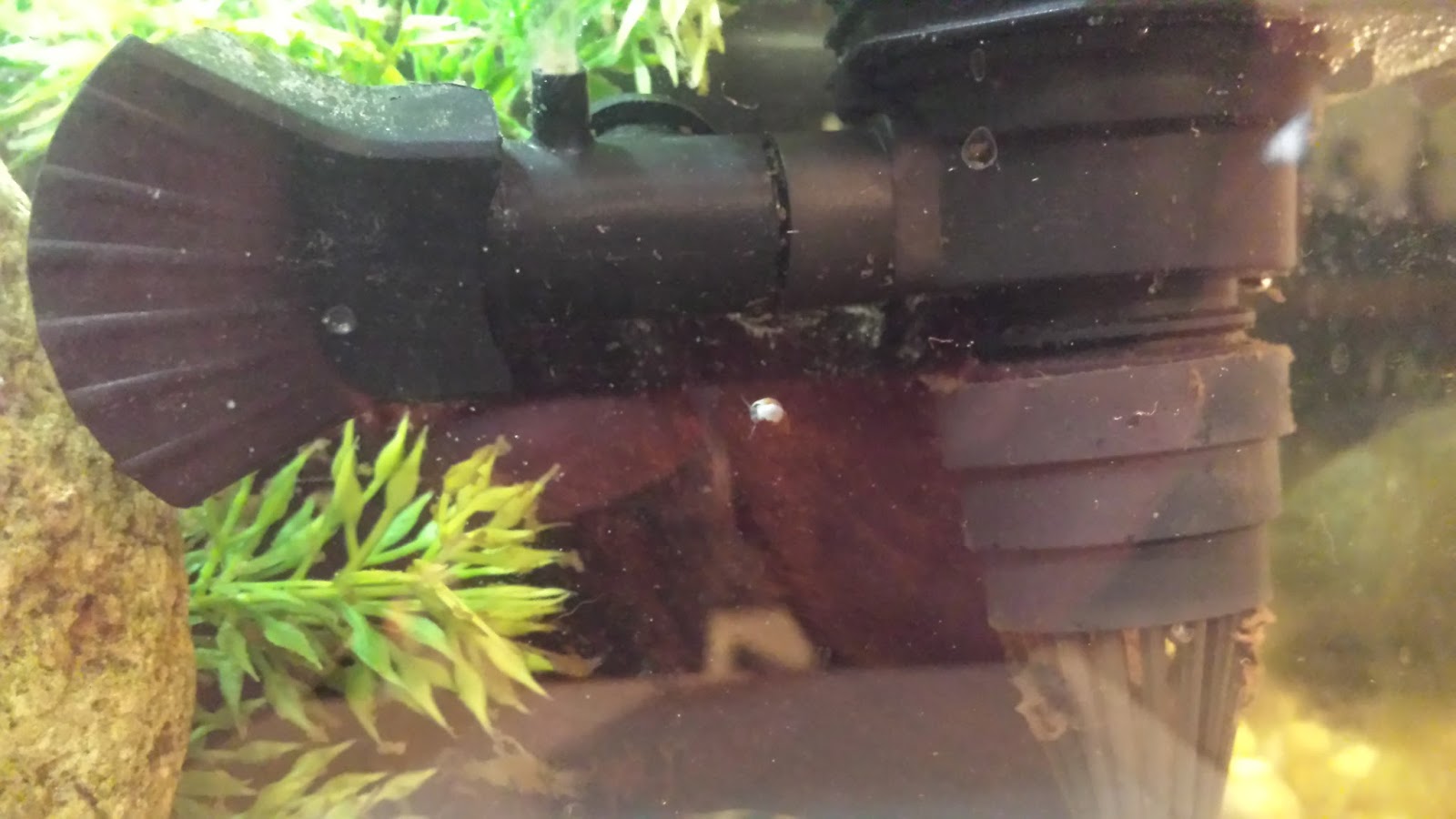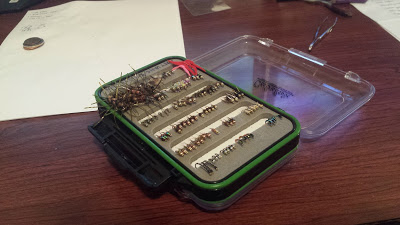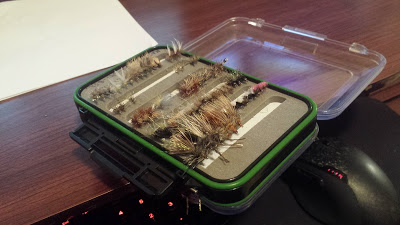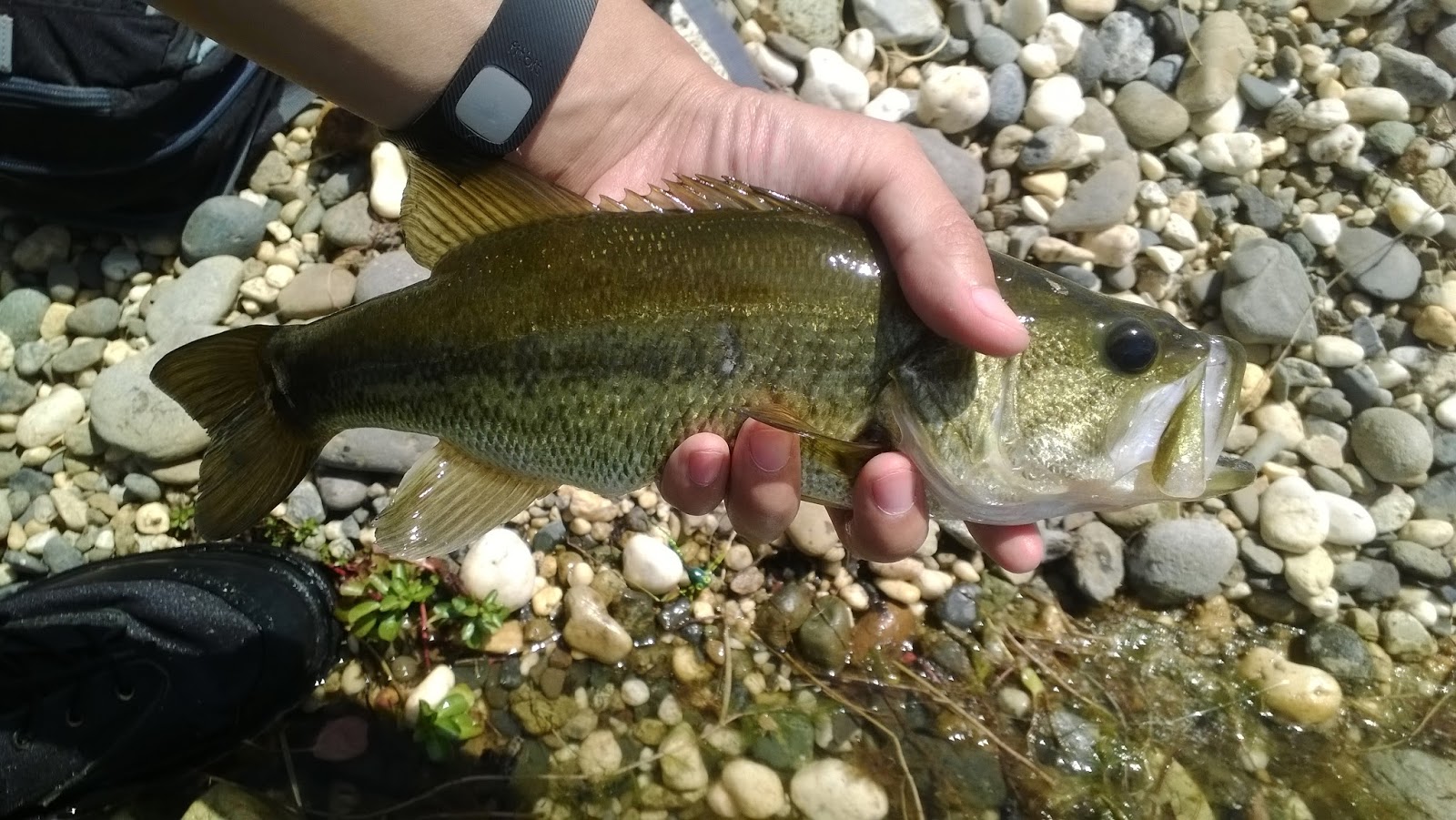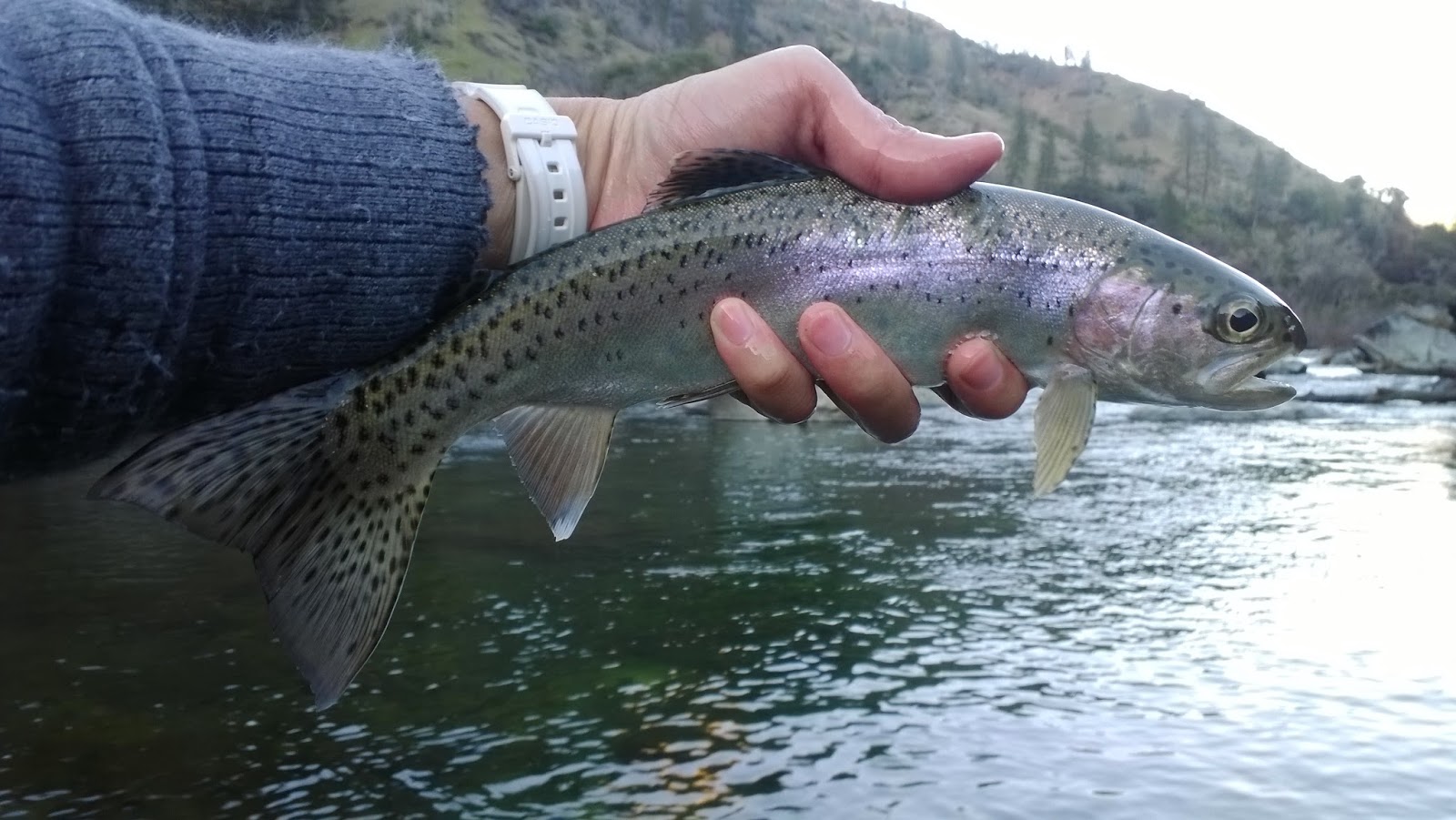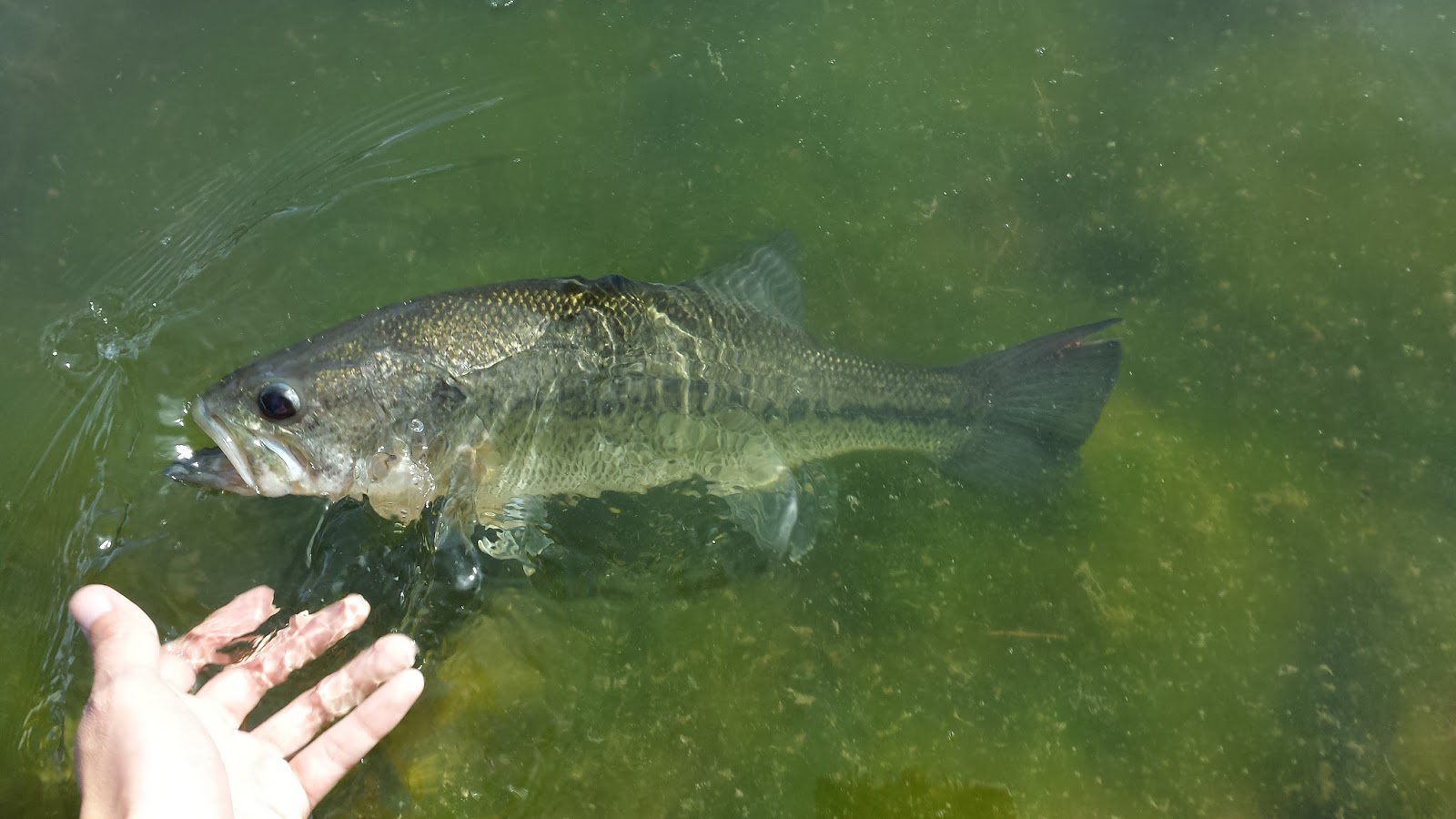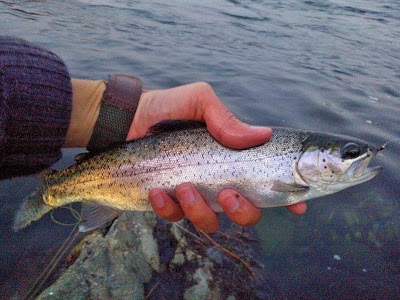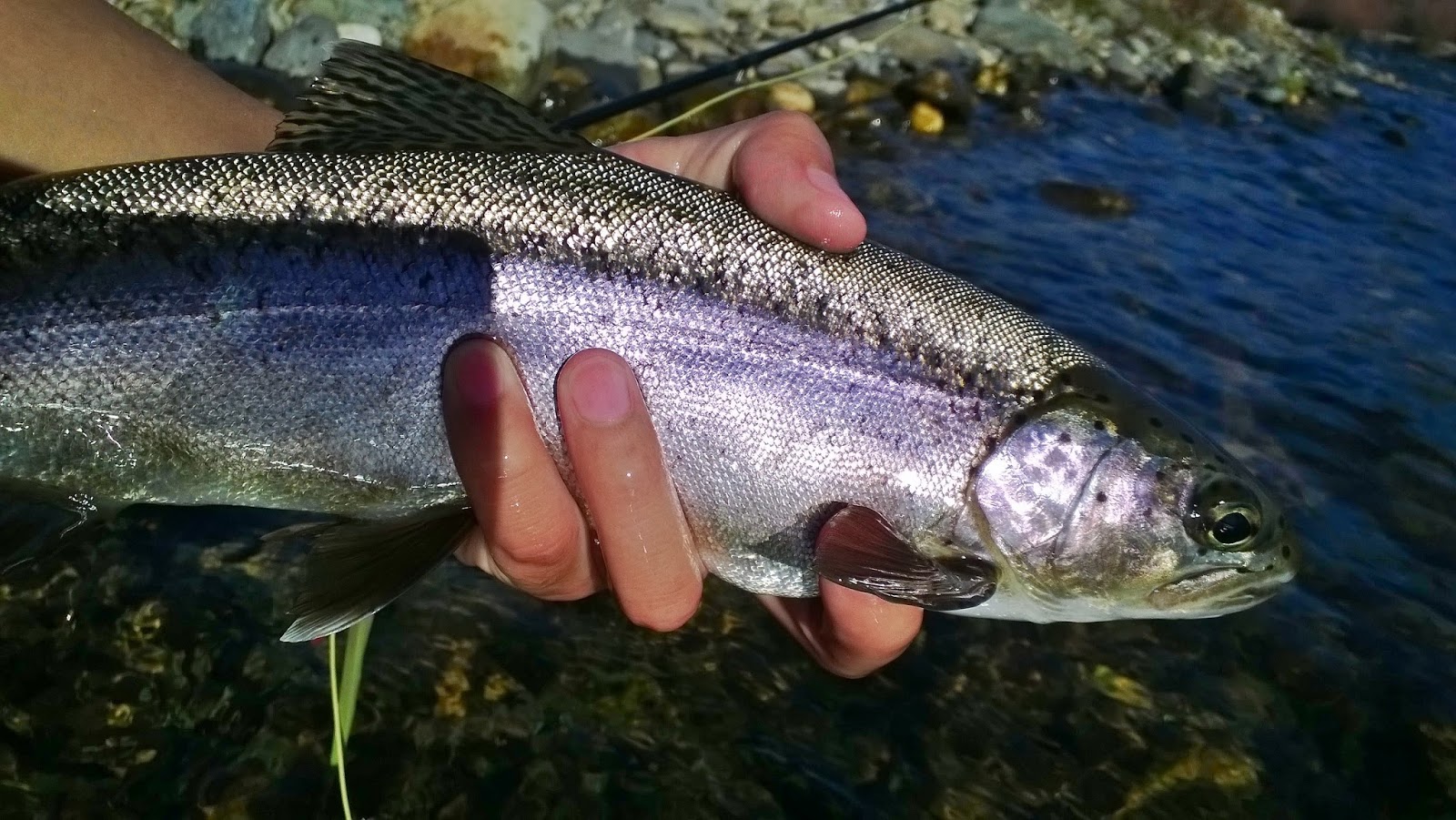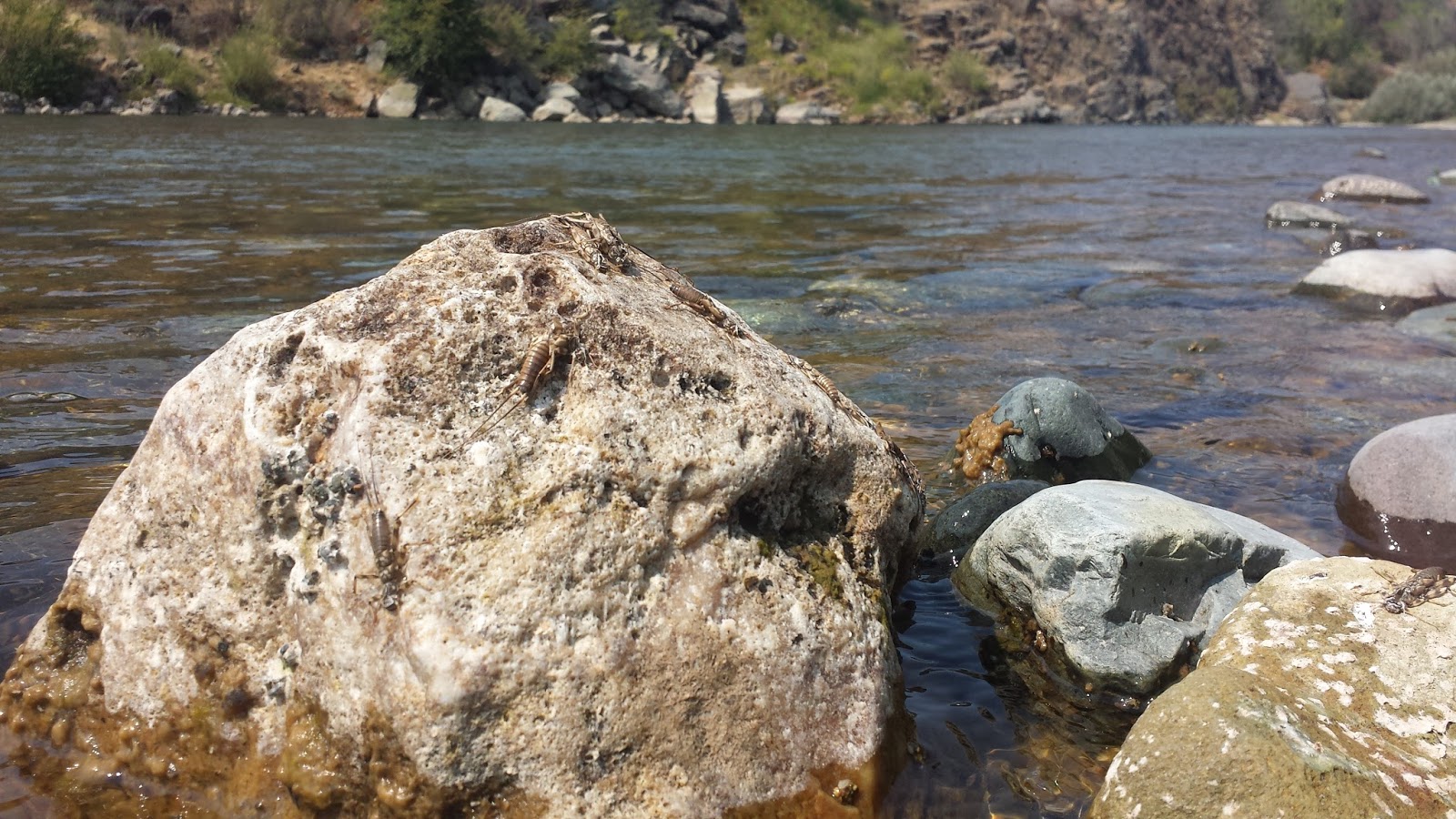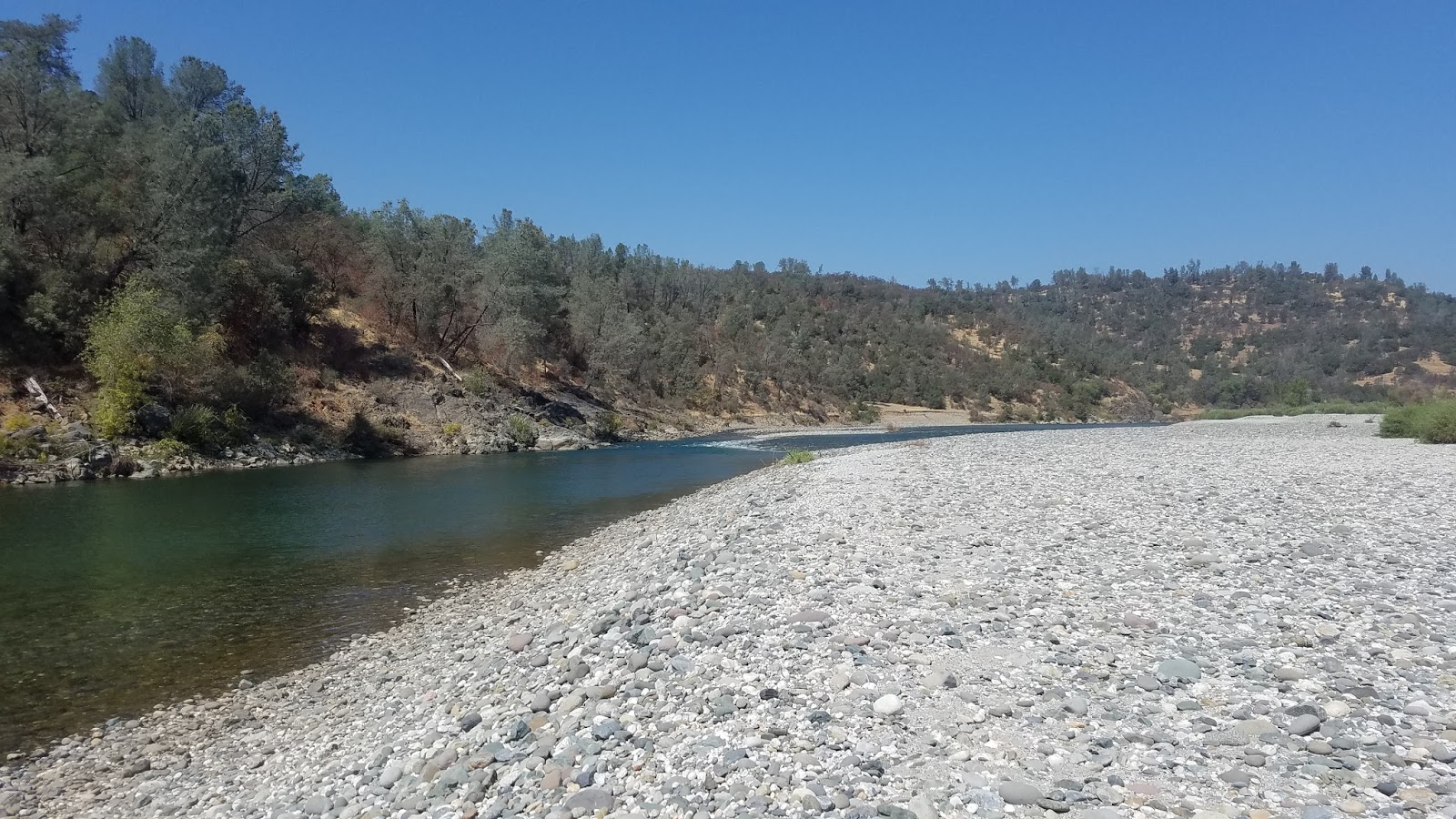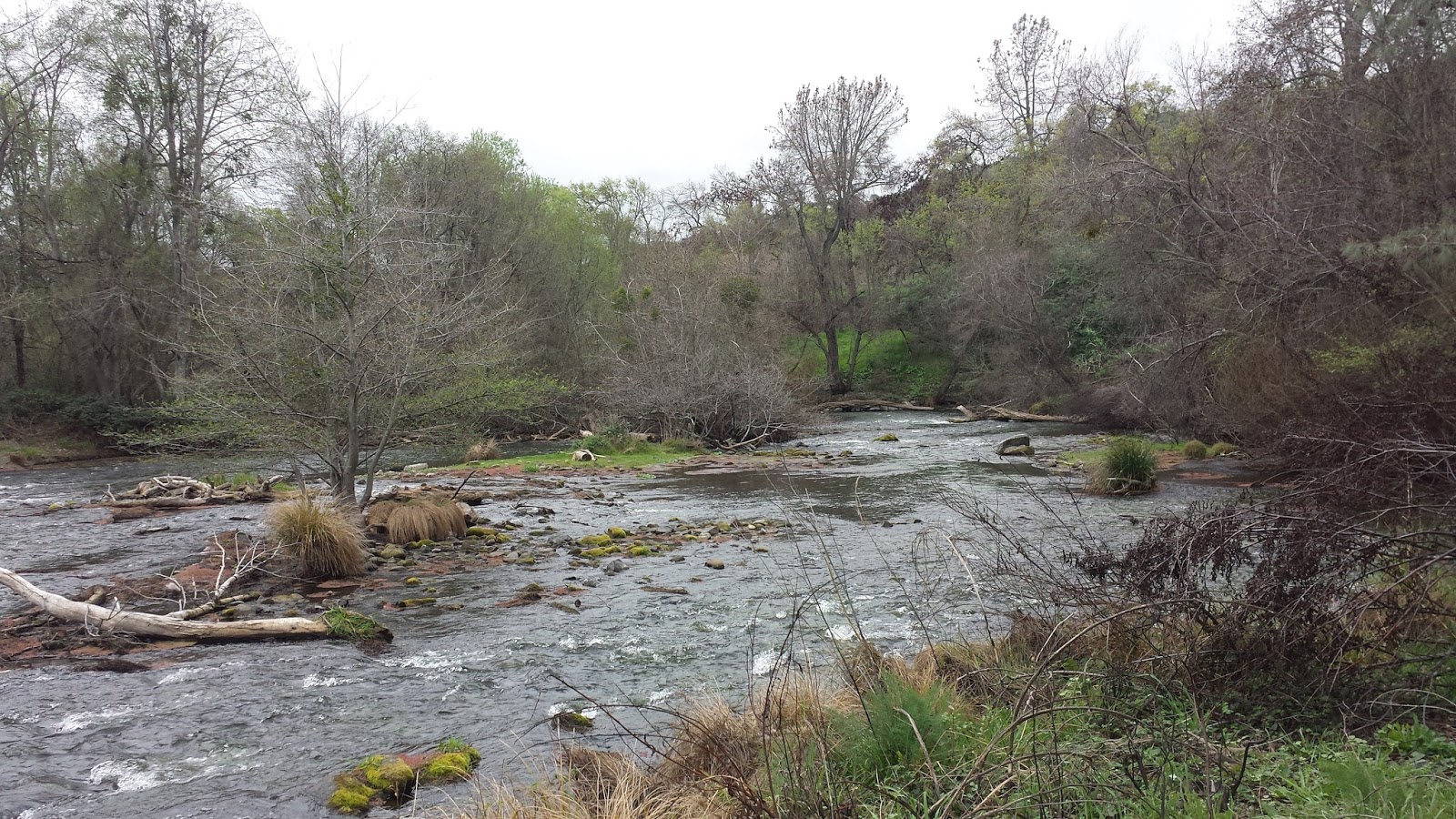 |
| Access 4 Riffles |
Putah Creek rainbow trout are unique in that they spawn during the winter and not during the spring like most rainbow trout. Although Putah Creek is legally open year around, there is an unwritten rule to avoid fishing the creek from late November to February while the fish are spawning. Putah Creek has very limited spawning habitat and with bare minimum flows during the winter, these rainbows need all the help they can get in order to survive the spawning process.
Now that the winter spawn is over, I planned a trip for Putah Creek.
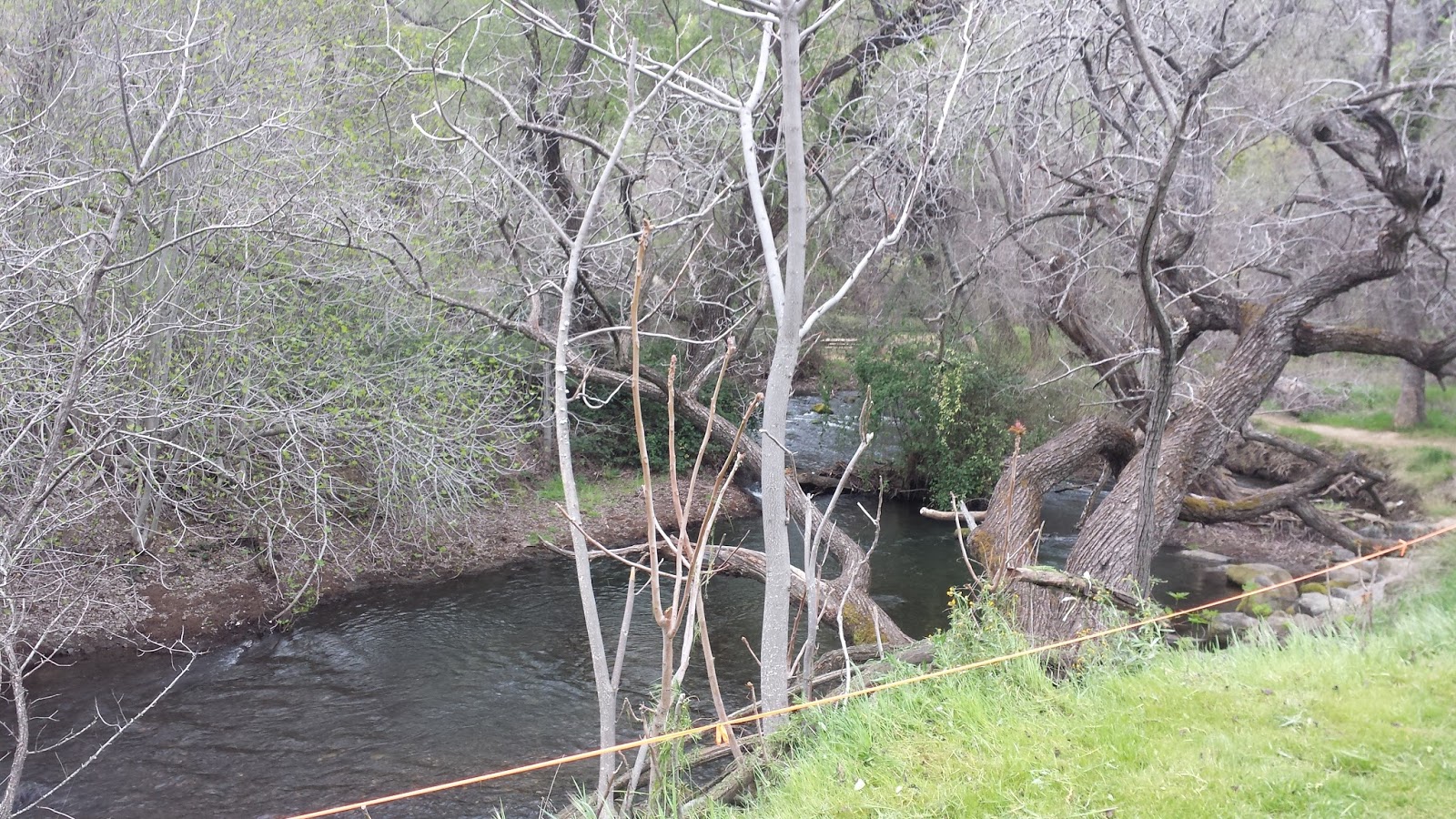 |
| Critical Spawning Habitat |
The primary fly fishing technique used on Putah Creek is nymphing. Throughout my visits to the creek I’ve tried nymph fishing but have always felt that I was missing something. Light tippet in 4x to 6x and tiny flies are the norm on Putah Creek, therefore when you hook into a nice fish you need all the leverage you can get. My theory about why I was failing at nymphing was that my fast action rod just didn’t have enough flex to protect my tippet. Finding and hooking fish wasn’t an issue, it was playing and landing them.
 |
| Little Putah Bow |
Putah Creek rainbows fight very differently from any other rainbows that I’ve hooked and landed. Here is a list of what I’ve found.
- Takes are often very subtle.
- Putah bows almost “float” when hooked. This seems to help them to throw the hook when they immediately headshake after floating for a few seconds.
- Once hooked these trout will run towards cover to try and break you off. Since Putah Creek is full of debris they are often successful.
- The smaller bows get jumpy.
Now that I have a new medium-action 5WT with a softer flex, I was finally ready to find some success nymphing the creek.
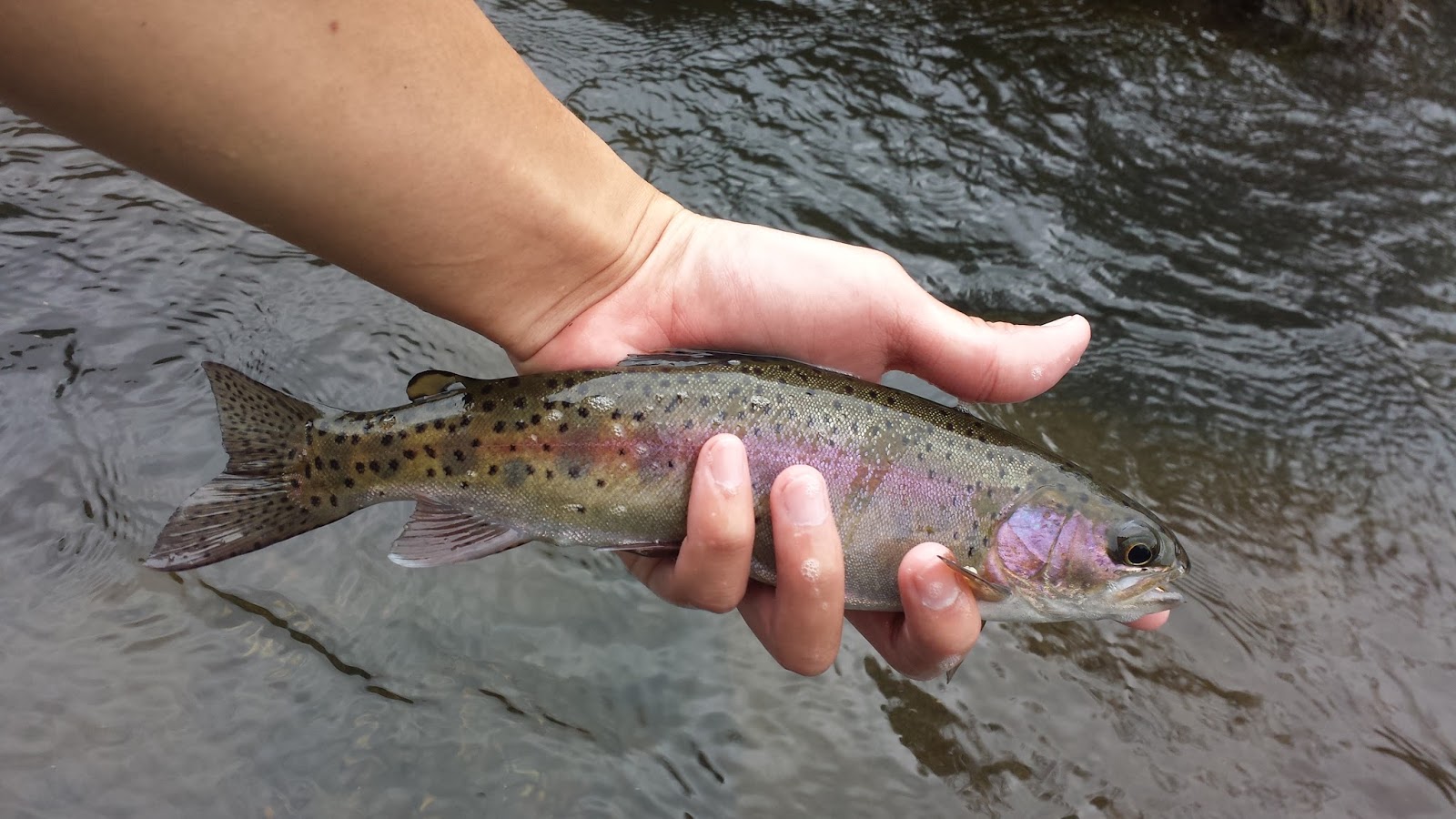 |
| Beautiful Parred Putah Bow |
The creek is very low at 122 CFS. It is very easy to get around the creek at these flows but there are also less fishy spots to try your luck at. The water was warmer than I expected probably around the upper 50°F. With warmer water and a great overcast, caddis and mayflies were coming off like crazy in the afternoon.
Tight-lining is perfect at these flows and that’s what I did. Throughout the day I managed seven hook-ups with four landed.
I threw streamers for a bit and got one good whack from a 20 incher but no hook-up. I missed two 20 inchers this visit which was quite the bummer but the four fish I landed were absolutely beautiful.
The softer flex helped a lot with fighting the fish. Success!
 |
| The Healing Color of Green |
Yuba River
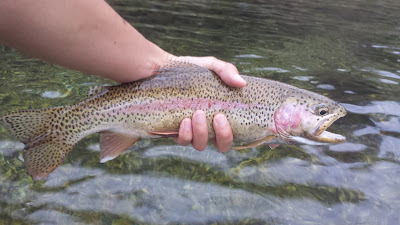 |
| Big-Ole Red Yuba |
The Yuba is being a bit finicky with good days and tough days (because there are no bad days). I visited and fished the river on Tuesday for three hours and managed to get eight takes with four landed. Definitely a good day, almost too good of a day…
A few days later I made the mistake of misreading the flows before heading out and noticed the flows were way higher than what I had expected. The flows were cranked to 1700 CFS on March 3rd which is uncomfortably high for wading. I had planned on throwing streamers but at these flows it’s pretty much pointless. I left after an hour.
Since this is an El Nino year, March is usually the one of the wetter months of the year. I am predicting lots of blow outs and muddy water… more fun for me!
